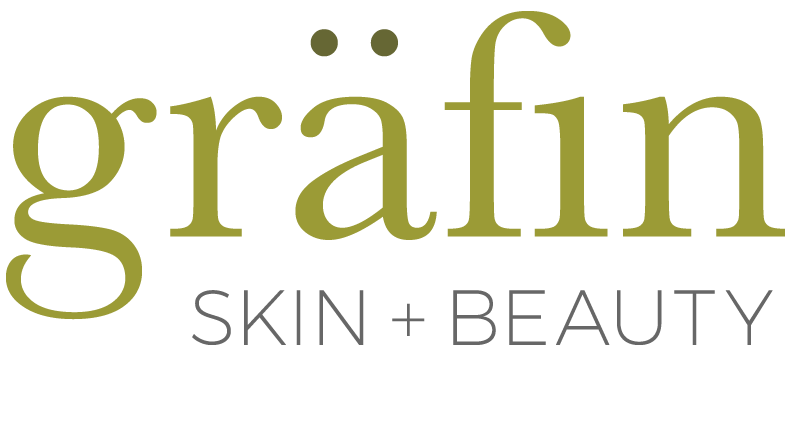What is Rosacea?
Rosacea is a medical diagnosis, characterized by the flushing of the skin that can be seen ranging from a light blush that doesn’t subside, to a painful red mask that flares on occasion. Affecting more than 16 Million Americans, Rosacea is often confused with sunburn, acne, alcohol consumption, stress, allergies and several other common skin conditions, making it difficult to diagnose accurately.
“Any of the following primary signs may indicate rosacea: flushing or transient redness, persistent redness, bumps and pimples, and visible blood vessels.”¹
Typically Rosacea develops in your 30s-60s but can develop at any time of your life. For most, the first stages of rosacea are easily ignored: it can appear like you have a sunburn or are blushing. The flush over time can become more prominent, lasting longer every time and often developing acne-like bumps. Untreated, the inflammatory scarring and visible blood vessels from rosacea can become permanent. An example of the scarring is W.C. Fields trademark red nose as a result of excess tissue development from untreated Rosacea.
Although the exact cause of Rosacea is unknown and it cannot be cured, it can be managed with medicine, lifestyle changes, and the help of licensed professionals like your esthetician. Rosacea is often triggered by avoidable situations such as sun exposure, vigorous exercise, heat, spicy foods, alcohol, and others. With lifestyle modifications and treatment options provided by your doctor Rosacea can be controlled.
Remember, Rosacea is a medical diagnosis, and therefore can only be diagnosed by your physician. As a licensed esthetician, I have been trained to recognize the signs of rosacea, but will only offer the suggestion to visit your Dermatologist if I suspect there may be a problem. Once you have a diagnosis, I am happy to help, along with your doctor, guide you as you learn to control your symptoms.
April is Rosacea Awareness Month, continue your education by visiting www.rosacea.org
Related Products
